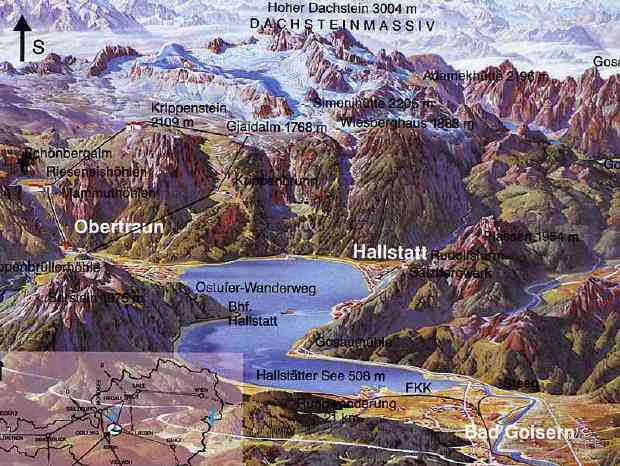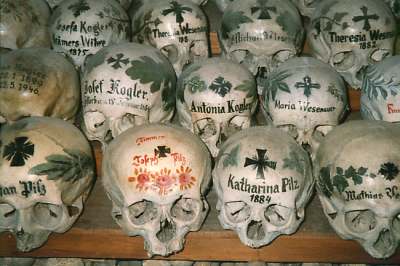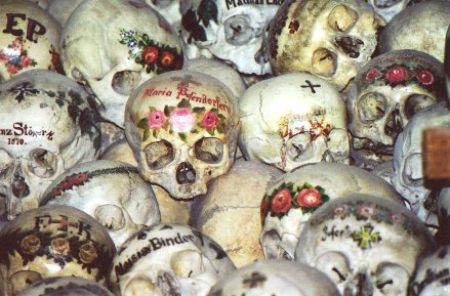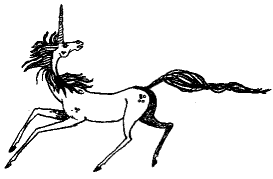|
the nice hobby of skull painting
I watched an Austrian crime film (seldomly & just by chance I watch crime films - they always get the perpetrator in the end - how boring! - I prefer films with lose ends). The crime scene was located in a small, but famous Austrian town called 'Hallstatt' - this town is situated on a big sea in a part of Austria, called Steyermark, very close to very high steep mountains, with about no place to grow anymore. It can only be reached by small mountain paths or via ship or boat cross the sea (you may google-earth Hallstatt, Austria if you're curious or also may not if you're a lazybone)

Here a map of the 'Hallst�tter See'

The only chance to enlarge for Hallstatt would be to grow into the lake like Venedig (Venice) or with caves into the mountains or with skyscrapers (one skyscraper would probably be enough for 20 times the number of inhabitants of Hallstatt - but I really doubt that would look romantic or pitoresque anymore..)
The word 'Hall' comes from the old Celtic language & means 'salt' - 'Statt' means 'location' or 'place' - in fact in Hallstatt there is a big salt mine - Hallstatt was the (or one of the) first place(s) wordwide where the Celts about 1000 b.Chr. mined for salt - one of the most valuable goods for long time - even the old word for Pfennig (Penny) in German languages once was 'Heller', that came from 'Hall`(salt), which meant it was worth a certain amount of salt.
In these old salt mines they found in 1734 a salt conserved corpse..
But this informations was not why I googled, wikipediaded & google-earthed Hallstatt (yes I am that internet-junkie) - no
in this crimi also a small graveyard was mentioned & because this graveyard can't be enlarged anymore - every citizen entombed there has to be excavated after 10 years to get room for future lodgers of this fine & private place. The skulls of the excavated corpses (skeletons) are then kept in a so called 'Beinhaus' (bonehouse), see here:
Virtual Hallstatt Beinhaus
But if you look at the skulls in detail, ooh!

you see that they are painted - also in colours:

It's an old tradition there to paint these excavated skulls - about 610 of those about 1800 skulls (the biggest skull-collection worldwide) are painted & the tradition is continued in view cases till today. I really wonder whether they sell in handicroft shops in Hallstatt colour sets for skull painting, with instructions & design patterns for 'How do I paint the skulls of my ancestors'. & will they - if even the place in the 'Beinhaus' for all these skulls is full - maybe store their ancestors acurate painted skulls in the vitrines of their living rooms. Well - I have a suggestion for the Hallstattians how to solve their too small graveyard problem - the above mentioned dead saltified man of 1734 could give hint - Why not bury in future all the deceased in the already empty tunnels of the salt mine, which has been exploited for 1000s of years - there must be place for all future generations on & on.. - But on the other hand the old Hallstatt tradition of skull painting is probably a better tourist attraction, than a lot of saltified corpses spread in deep old caves & tunnels..

Maybe in future some art decor nouveau, something abstract or popart?
0 comments so far
previous - next
|








